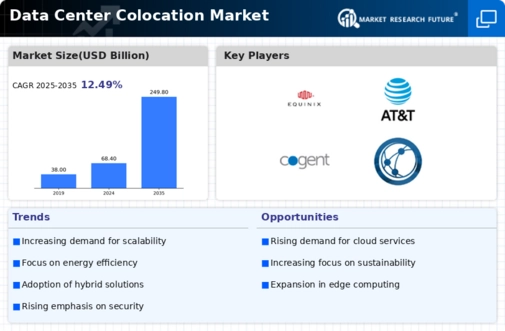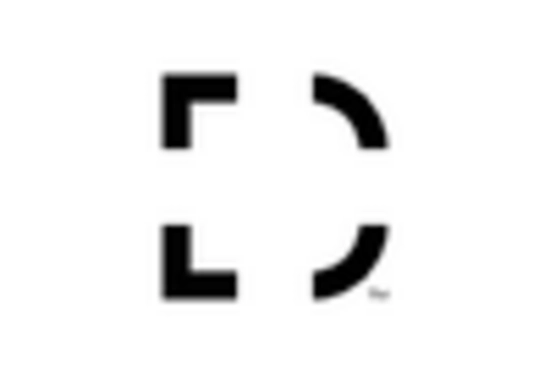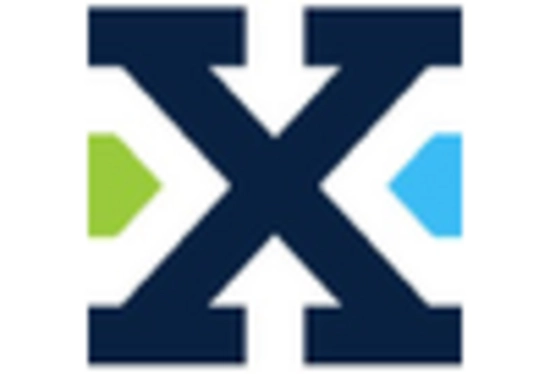Market Share
Data Center Colocation Market Share Analysis
The market of Colocation in Data Centers is currently fraught with significant trends that reshape the landscape of data storage and management services. These involve renting out physical spaces within a data center to accommodate the servers, networking equipment and other computing devices. One notable trend in this market is the upsurge in demand for colocation services due to the massive amount of data created by businesses along with their need for reliable, scalable and cost-effective solutions. Another remarkable trend is that in regard to green practices being adopted by those operating within the industry such as those involved in Data Center Collocation. In order to address environmental concerns, many companies are looking for collocation sites that emphasize energy efficiency and sustainable development initiatives. Interconnectivity has emerged as a vital driver within the market of Data Center Collocation. Companies have come into terms with how important it is for them to connect directly and reliably with cloud service providers, network carriers as well as other business partners. Ultimately, colocation facilities with rich interconnection ecosystems provide opportunities for organizations to establish low latency and high bandwidth connections thereby enhancing their overall performance and user experience. Also, within the market is the expansion of edge computing capabilities in many collocation sites. Edge computing involves moving data processing to the closer location where it was generated hence leading to low latency and better decision-making process at this time. To cater for the increasing demand for edge computing services many collocation providers are strategically placing their facilities close to urban areas and major business centers; something that has been necessitated by exponential rise in number of connected devices such as those under internet of things (IoT) which require fast local data analysis. The data center colocation space is becoming more dynamic with new entrants coming into play as well as existing providers expanding thus creating more competition within the market. This competitiveness has led to innovative solutions on customer support, service offerings quality and pricing models offered by these companies.









Leave a Comment